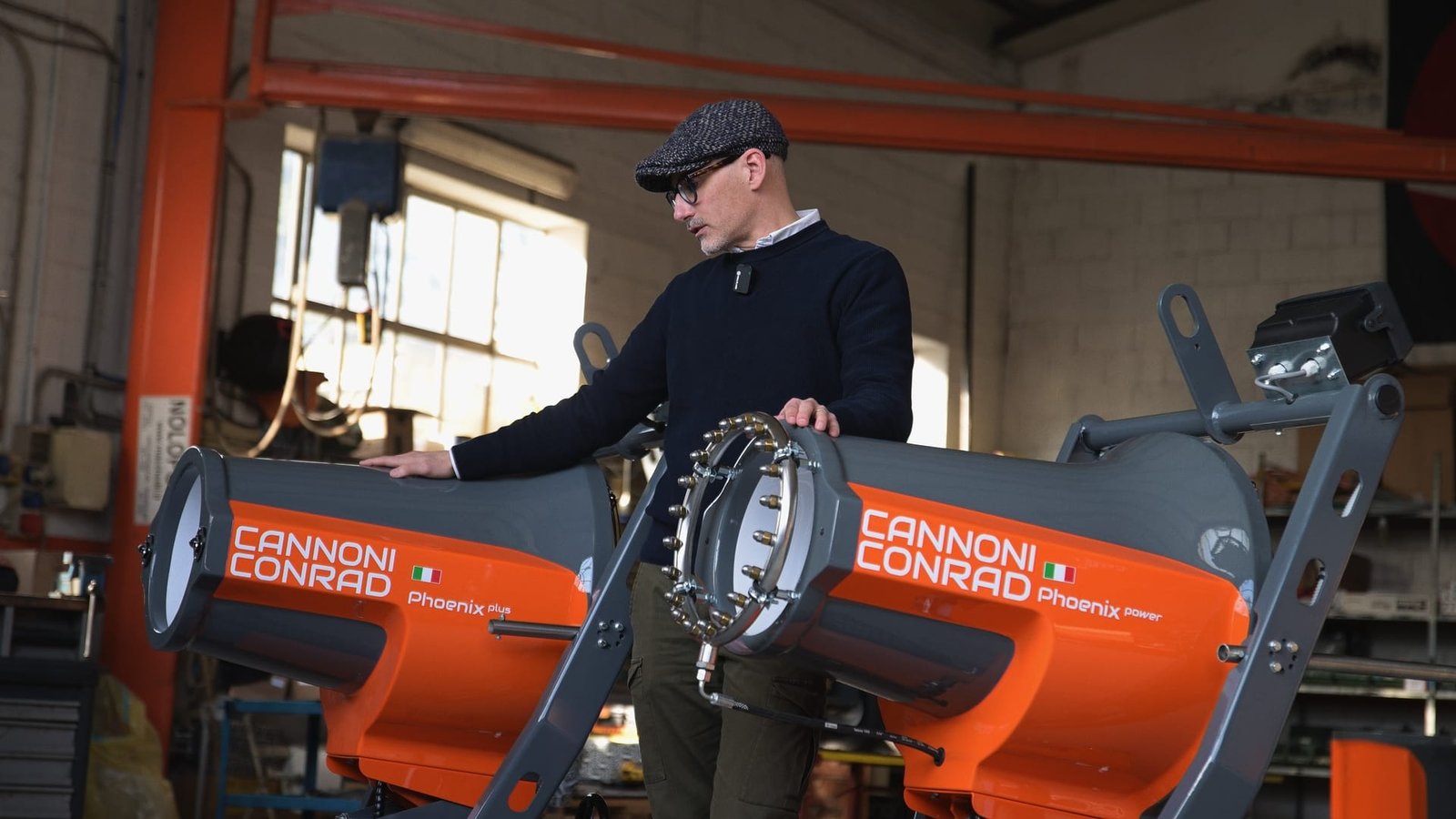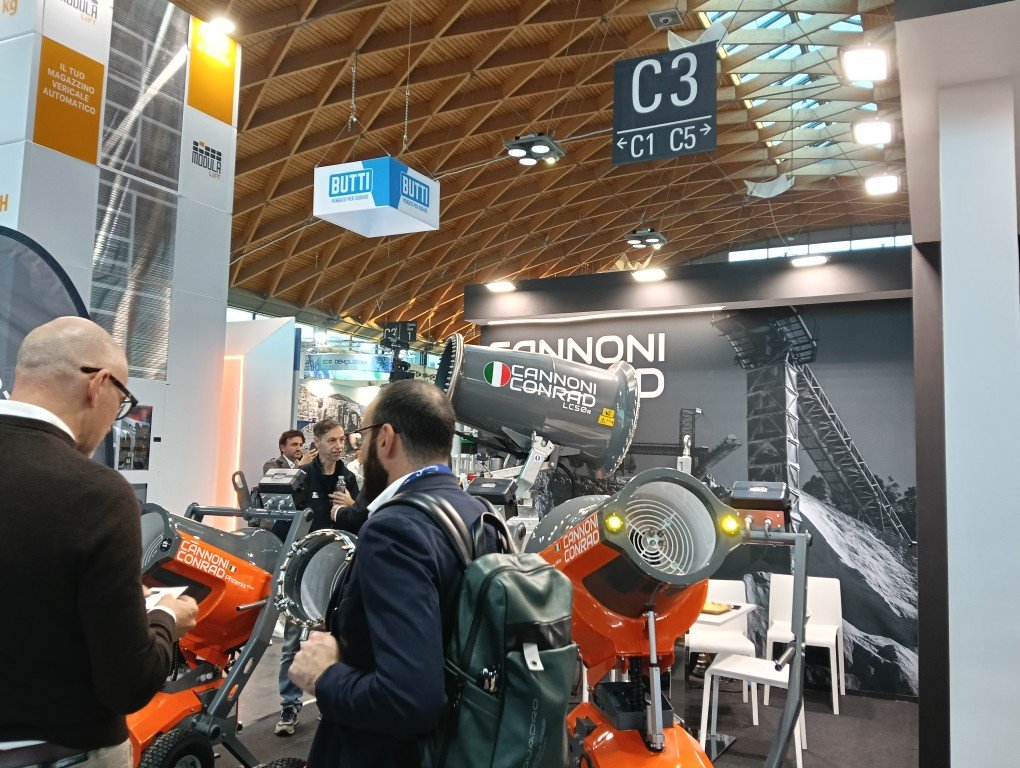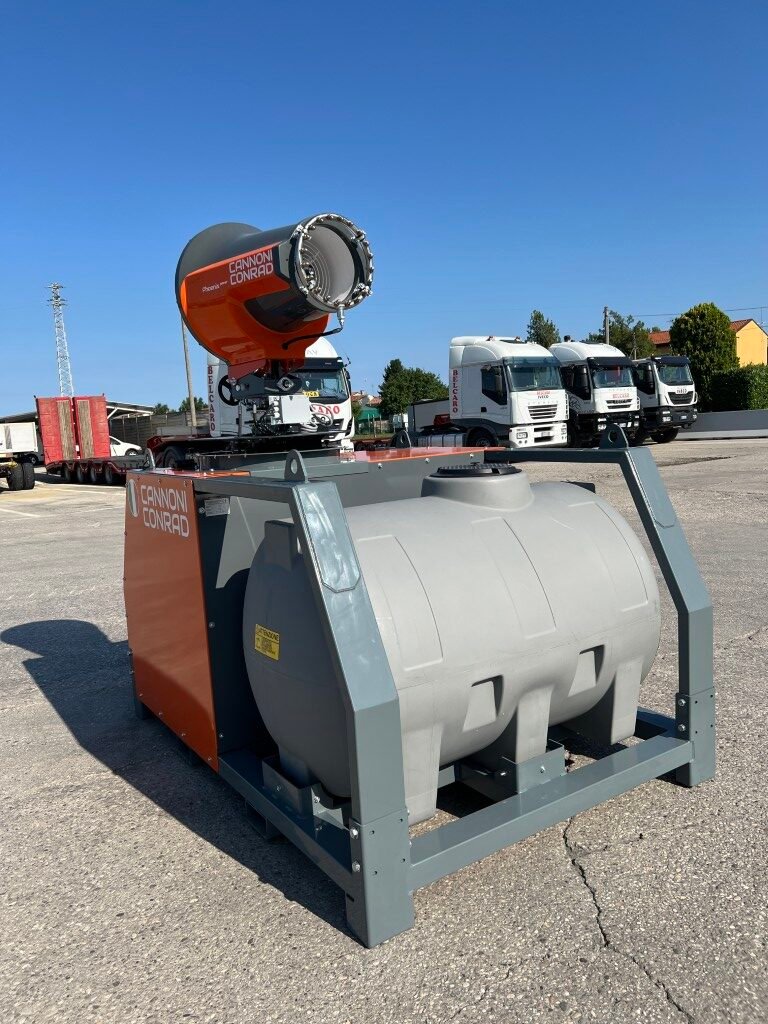reclaim=sanitise
Reclaiming contaminated land means cleaning it of toxic substances, hazardous waste or pollutants that can cause damage to human health and the environment. This process involves a series of activities aimed at removing, treating or isolating harmful substances in the soil, water or air.
types of reclamation
There are different types of land reclamation, each of which aims to solve specific environmental problems. Here are some examples:
Remediation of contaminated sitesThis type of remediation concerns the cleaning and restoration of sites contaminated by toxic or hazardous substances, such as disused chemical factories, illegal dumps or areas affected by environmental accidents.
Remediation of industrial sitesThis refers to the remediation of industrial areas where production activities have been conducted that have left contaminants in the soil, water or air. This may include hazardous waste removal, soil remediation and ecosystem restoration.
Landfill remediation: Landfills can be a serious environmental problem due to the possible contamination of soil and groundwater. Landfill remediation involves removing hazardous waste, making it safe and reducing the risk of pollution.
Reclamation of oil areasThis type of remediation concerns the clean-up of areas contaminated by oil or oil-related spills, such as ruptured pipelines, ship accidents or oil extraction activities. The clean-up of oil areas may involve the removal of oil, the treatment of soil and the repair of damaged ecosystems.
Reclamation of mining areas: Abandoned mining areas can be highly contaminated with heavy metals and other contaminants. The reclamation of mining areas includes removal of mining waste, treatment of acid drainage water and restoration of the natural habitat.
Remediation of urban areasIt concerns the reclamation of degraded urban areas, such as former industrial areas or brownfield sites, to revive public spaces, parks or residential areas.
These are just some of the main types of land reclamation, each of which requires specific strategies and technologies to successfully address the environmental problems present.
why reclaim?
Land reclamation is essential to protect human health and the environment. Contaminated areas can contain dangerous toxic substances that put people and ecosystems at risk. Cleaning up soil, water and air helps prevent diseases, safeguard biodiversity and reduce the risk of environmental accidents.
Reclaiming also means reclaiming abandoned spacesmake them usable again in a safe manner, creating new economic opportunities and improving the quality of life.
It is also an obligation under environmental regulations: neglecting it leads to penalties and lasting damagewhile acting responsibly returns value to the territory.
Atomising cannons are fundamental tools during reclamation, using the atomisation produced by the cannons the aim is to break down the dust raised during excavation of contaminated material. The atomisation weighs down the dust particles and makes them fall to the ground, preventing them from rising up and spreading into the surrounding area and polluting and contaminating other areas.
The use of foggers in remediation contexts is very special because it is essential to use very little waterIt is important to minimise water stagnation or puddles. Furthermore, in the context of soil restoration, a minimum ventilation to avoid excessive air movement to contain dust where excavation is taking place.

When designing the Phoenix Plus we also thought of this case, in fact we equipped this gun with a fan power regulator to vary the amount of air and the force of throw if necessary.



